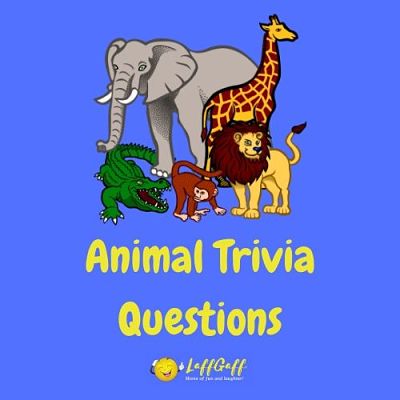Question: What type of animal is a cotton-top tamarin?
Show answer
A monkey.
The cotton-top tamarin is a small and distinctive New World monkey, known scientifically as Saguinus oedipus. It is renowned for the striking shock of long, white hair that flows from its forehead to its shoulders, resembling a cotton ball, which gives the species its common name.
Native to the tropical forest edges and secondary forests in northwestern Colombia, the cotton-top tamarin is a primate of significant interest both to researchers and conservationists. With their diminutive size, adults weigh less than a pound and are only about the size of a squirrel. Their bodies are covered in thick fur that is predominantly white and black, with varying patterns that can include brown shades on their backs.
These monkeys are diurnal and arboreal, spending most of their time in the trees. They are exceptionally agile, leaping from branch to branch with ease. Their diet is omnivorous, consisting of fruits, insects, plant exudates (like sap and gum), and occasional small vertebrates.
Cotton-top tamarins are also notable for their complex social structures and behaviors. They typically live in groups of two to nine individuals and have a matriarchal society. Communication within these groups is sophisticated, utilizing a range of vocalizations, facial expressions, and body postures.
One of the most endearing aspects of cotton-top tamarin behavior is their cooperative care of offspring. Not only the mother but also other group members, including males, participate in nurturing and protecting the young, which is a relatively rare trait among primates.
Unfortunately, the cotton-top tamarin is listed as critically endangered by the International Union for Conservation of Nature (IUCN). The primary threats to their survival are habitat destruction due to deforestation and the illegal pet trade. Conservation efforts are critical to the survival of the species, with various organizations working to protect their habitats and raise awareness about the importance of conserving this unique animal.



